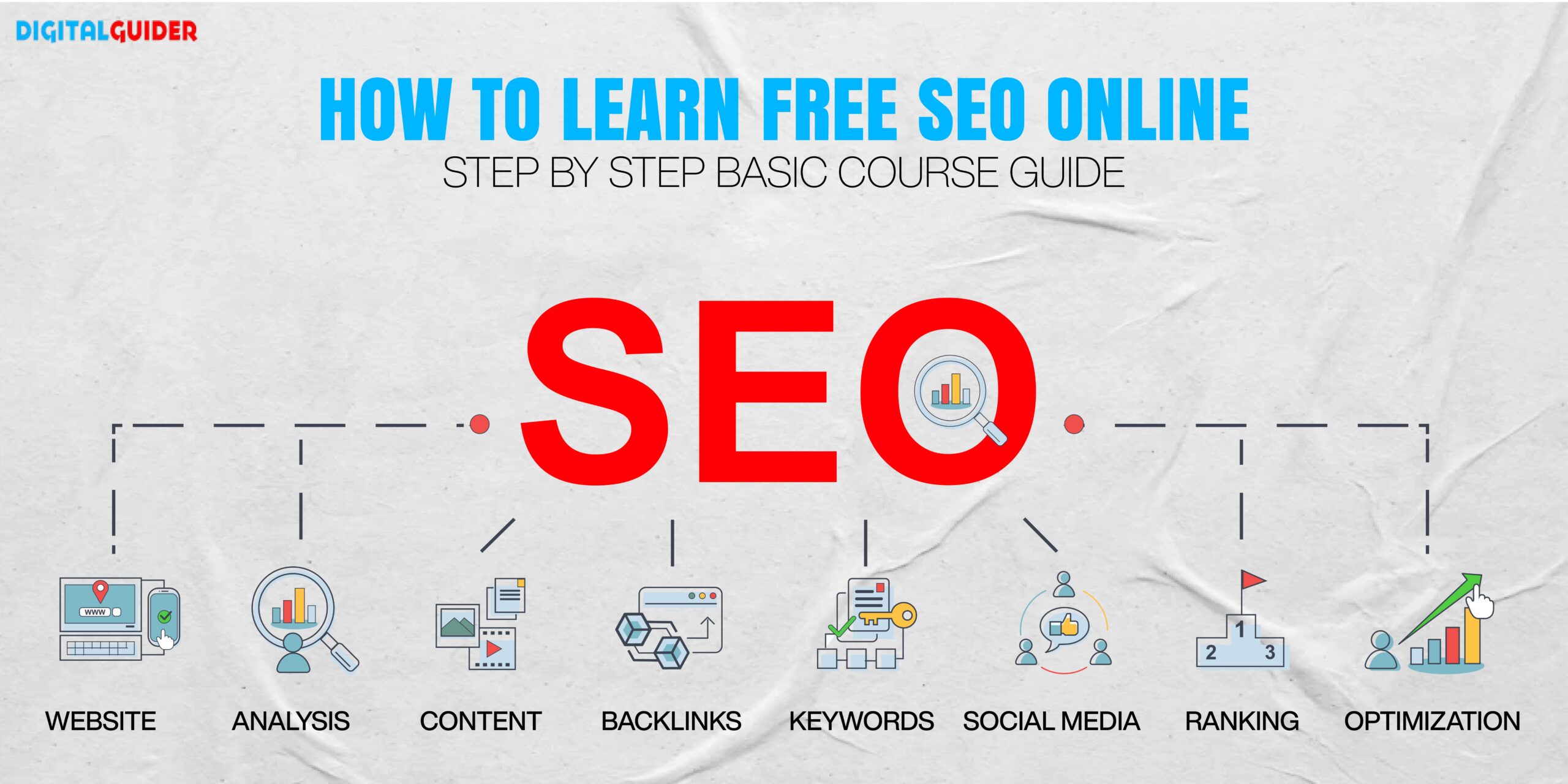Assuming Outside package: Leveraging Non-traditional Tools to Maximize Google Analytics Efficiency
In the realm of digital advertising, the mission for improved Google Analytics performance has come to be a critical imperative for services seeking to refine their on-line visibility. Standard methods typically drop short in capturing the complete spectrum of client interactions and habits. Nonetheless, by exploring unique mediums as opportunities of data collection, a new realm of opportunities arises. These undiscovered regions offer a riches of untapped understandings that might potentially revolutionize the means we recognize and enhance our digital approaches.
Distinct Information Resources

Social media systems use beneficial information on user demographics, interests, and engagement metrics, enabling businesses to evaluate the performance of their social media projects and maximize content for better efficiency. By leveraging these one-of-a-kind information resources, businesses can fine-tune their strategies, boost targeting initiatives, and boost overall Google Analytics efficiency.
Social Media Site Insights

Moreover, social media sites analytics tools allow services to track vital performance indications, screen project performance, and determine the influence of their online tasks. Recognizing the demographics of followers, recognizing preferred web content styles, and examining involvement degrees can aid businesses customize their advertising techniques for far better outcomes.
Offline Marketing Combination
Incorporating offline advertising and marketing methods with digital analytics can boost total campaign performance and provide a more thorough understanding of customer behavior. what is not considered a default medium in google analytics. By linking the void in between online and offline efforts, organizations can track the effect of traditional advertising networks such as print advertisements, TV commercials, direct-mail advertising, and events on their on the internet visibility

Furthermore, executing call tracking systems for offline marketing tasks allows businesses to catch valuable information on consumer questions produced with printed promotions or materials (what is not considered a default medium in google analytics). By evaluating call information alongside online metrics in Google click to read Analytics, companies can gain much deeper insights right into the client journey and optimize advertising and marketing methods for improved performance across all networks
IoT and Wearable Technology
Using IoT and wearable technology in electronic analytics can reinvent data collection and consumer understandings for companies looking for a much deeper understanding of user habits patterns. These innovative innovations provide a seamless method to collect real-time data from different touchpoints. IoT gadgets can track individual communications with product and services, supplying valuable information on use patterns and choices. Wearable technology, such as smartwatches or health and fitness trackers, can provide understandings right into customer tasks, health and wellness metrics, and also location data.
Gamification Strategies
The application of gamification strategies in electronic analytics offers a cutting-edge technique to improving user engagement and driving actionable insights for organizations. By integrating game-like Get More Information aspects such as points, badges, leaderboards, and awards into the analytics user interface, firms can motivate customers to connect more frequently and meaningfully with the information.
Gamification motivates individuals to check out different features of the analytics system, uncovering important insights that could have otherwise gone undetected. With interactive difficulties and progress monitoring, users are incentivized article source to dig deeper into the information, resulting in increased time spent on the system and a greater probability of discovering crucial patterns or patterns.
Additionally, gamification can promote a sense of competitors among individuals, spurring them to make every effort for greater performance and interaction levels. This competitive spirit can drive raised individual adoption rates and an extra extensive utilization of the analytics devices offered. Eventually, by leveraging gamification approaches in electronic analytics, services can create an extra interesting and efficient environment for users, resulting in even more informed decision-making and enhanced overall efficiency.
Conclusion
In verdict, leveraging non-traditional tools such as one-of-a-kind data sources, social networks understandings, offline advertising integration, IoT and wearable innovation, and gamification approaches can optimize Google Analytics performance. By assuming outside package and discovering these alternative sources of information, companies can obtain important understandings and boost their total marketing approaches. It is essential for firms to continually explore new means to collect information and analyze it in order to stay in advance in the ever-evolving digital landscape.
By integrating information from sources such as client connection administration (CRM) systems, social media systems, and email advertising and marketing projects, companies can acquire a much more extensive understanding of their audience behavior and engagement patterns. Social media platforms offer valuable data on user demographics, passions, and involvement metrics, permitting organizations to gauge the effectiveness of their social media campaigns and optimize content for far better performance. By leveraging these special data sources, businesses can refine their strategies, improve targeting efforts, and boost overall Google Analytics performance.
Exploring social media insights can give organizations with beneficial data on user demographics, interests, and involvement metrics, permitting for notified decision-making and calculated optimization of advertising and marketing initiatives. By thinking outside the box and exploring these different resources of data, businesses can gain beneficial insights and improve their general marketing strategies.
Comments on “Recognizing What Is Ruled Out a Default Medium in Google Analytics: Insights”